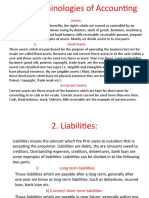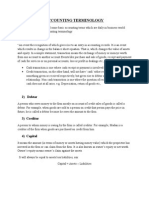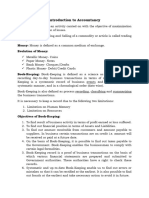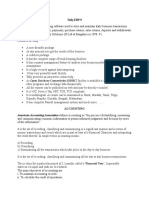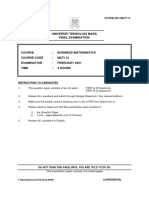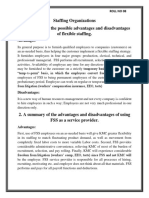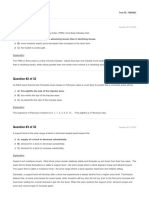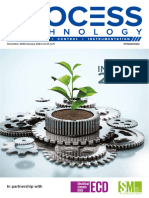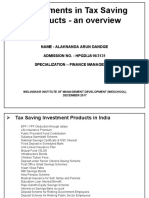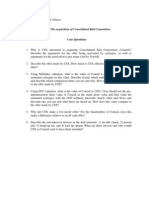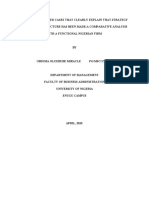0% found this document useful (0 votes)
65 views6 pagesKey Accounting Terms Explained
The document defines basic accounting terms like transactions, monetary and non-monetary transactions, cash and credit transactions, capital and drawings, debtors and creditors, expenditure and types of expenditure, cash and trade discounts, solvent and insolvent, goodwill, profit and loss, assets, liabilities, and net worth. It provides examples and explanations for each term to build understanding of fundamental accounting concepts.
Uploaded by
prathampawar5912Copyright
© © All Rights Reserved
We take content rights seriously. If you suspect this is your content, claim it here.
Available Formats
Download as PDF, TXT or read online on Scribd
0% found this document useful (0 votes)
65 views6 pagesKey Accounting Terms Explained
The document defines basic accounting terms like transactions, monetary and non-monetary transactions, cash and credit transactions, capital and drawings, debtors and creditors, expenditure and types of expenditure, cash and trade discounts, solvent and insolvent, goodwill, profit and loss, assets, liabilities, and net worth. It provides examples and explanations for each term to build understanding of fundamental accounting concepts.
Uploaded by
prathampawar5912Copyright
© © All Rights Reserved
We take content rights seriously. If you suspect this is your content, claim it here.
Available Formats
Download as PDF, TXT or read online on Scribd
/ 6


























